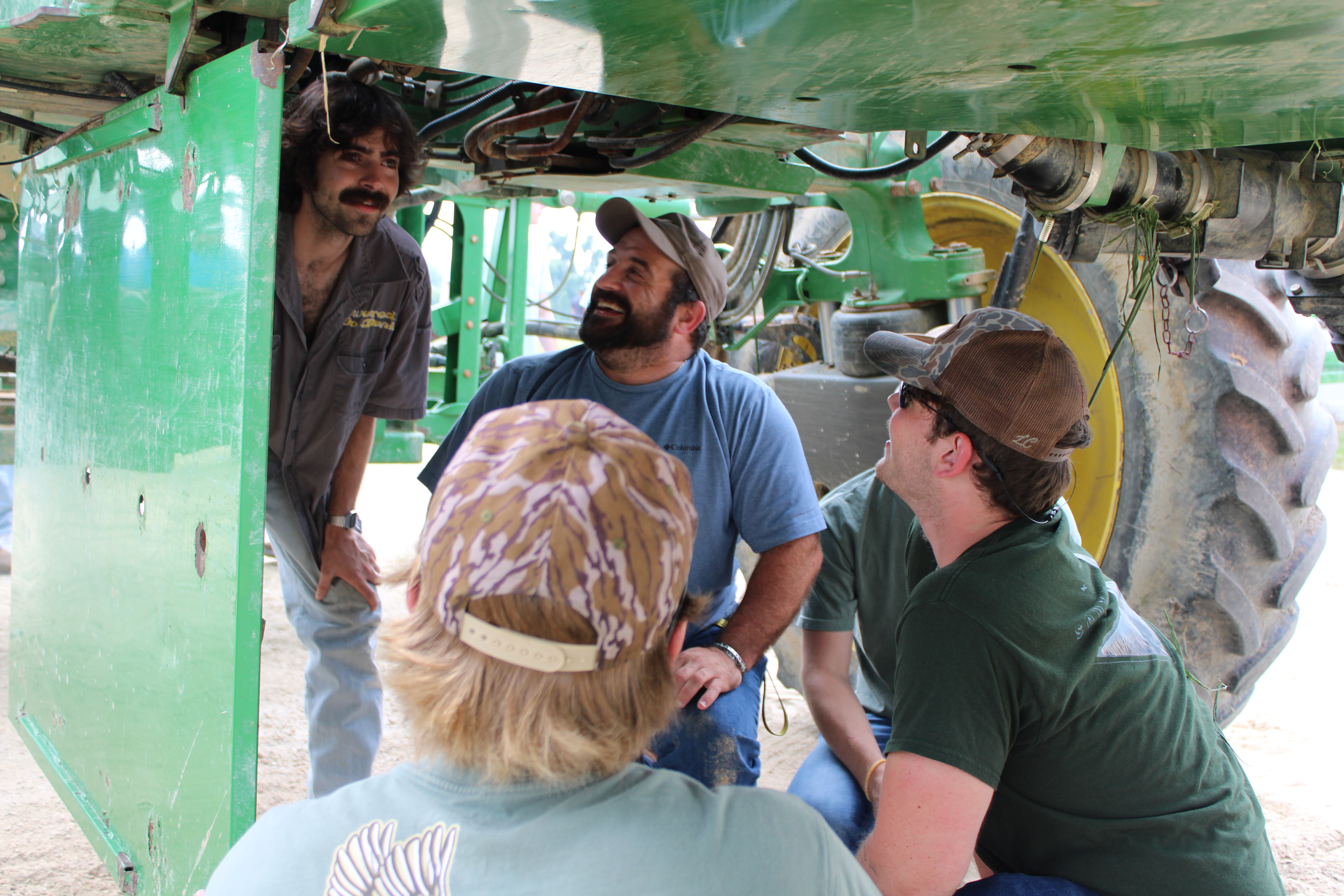AURPI

Rural Partnership Institute
 What is AURPI?
What is AURPI?
The Auburn University Rural Partnership Institute (AURPI) is committed to developing and implementing new technologies to enhance the economic prosperity of rural Alabama. Focusing on technologies applicable to the production and processing sectors of the poultry and forestry industries.
Mission Statement
To bolster Alabama rural communities through technological and innovative advancements in the two most important ag industries in the state – poultry and forestry. We aim to elevate industry standards, increase productivity, and improve work environment in these two industries. Our goal is that this project will create additional economic opportunities in rural Alabama thereby contributing to the building of communities that are resilient and prosperous.

Connect with us! 

 Who makes up our institute?
Who makes up our institute?




 Why is this important?
Why is this important?
Poultry and forestry are Alabama’s top economic drivers, rooted in rural communities across the state. At the Auburn University Rural Partnership Institute (AURPI), we empower these industries by introducing advanced technologies and training that strengthen operations and uplift the communities behind them
Our multidisciplinary team—spanning industrial and systems engineering, cybersecurity, biosystems engineering, poultry science, rural sociology, forest products and more—works alongside industry partners to tackle real-world challenges and deliver lasting solutions.
Explore each subteam’s goals on our Subteams Page.
Questions? Visit our Contact Page to get in touch.
 Call for Collaborative Research
Call for Collaborative Research
The Auburn University Rural Partnership Institute (AURPI) has awarded 5 projects from our internal request for proposal. The goal is to focus on improving rural livelihoods through industrial and community collaborations. The projects chosen will have a lifespan of 2 years and will begin in the fall of 2025.

Our next round of requests will begin in the spring of 2027. Selected projects will receive up to $50,000 in funding. More information will be available closer to the proposal deadline.
 Congressional Reports
Congressional Reports
AURPI is one of the three institutions (the other two institutions are University of Wisconsin-Madison and University of Vermont) that is receiving funding to establish an Institute for Rural Partnerships (IRP)that will address and develop new solutions to the unique challenges faced by rural communities in the country. Specifically, our goal is to researching the causes and conditions of challenges facing rural areas in their region, and develop community partnerships to address such challenges. Below are the reports submitted by the three IRP institutions.
Sponsored by:


